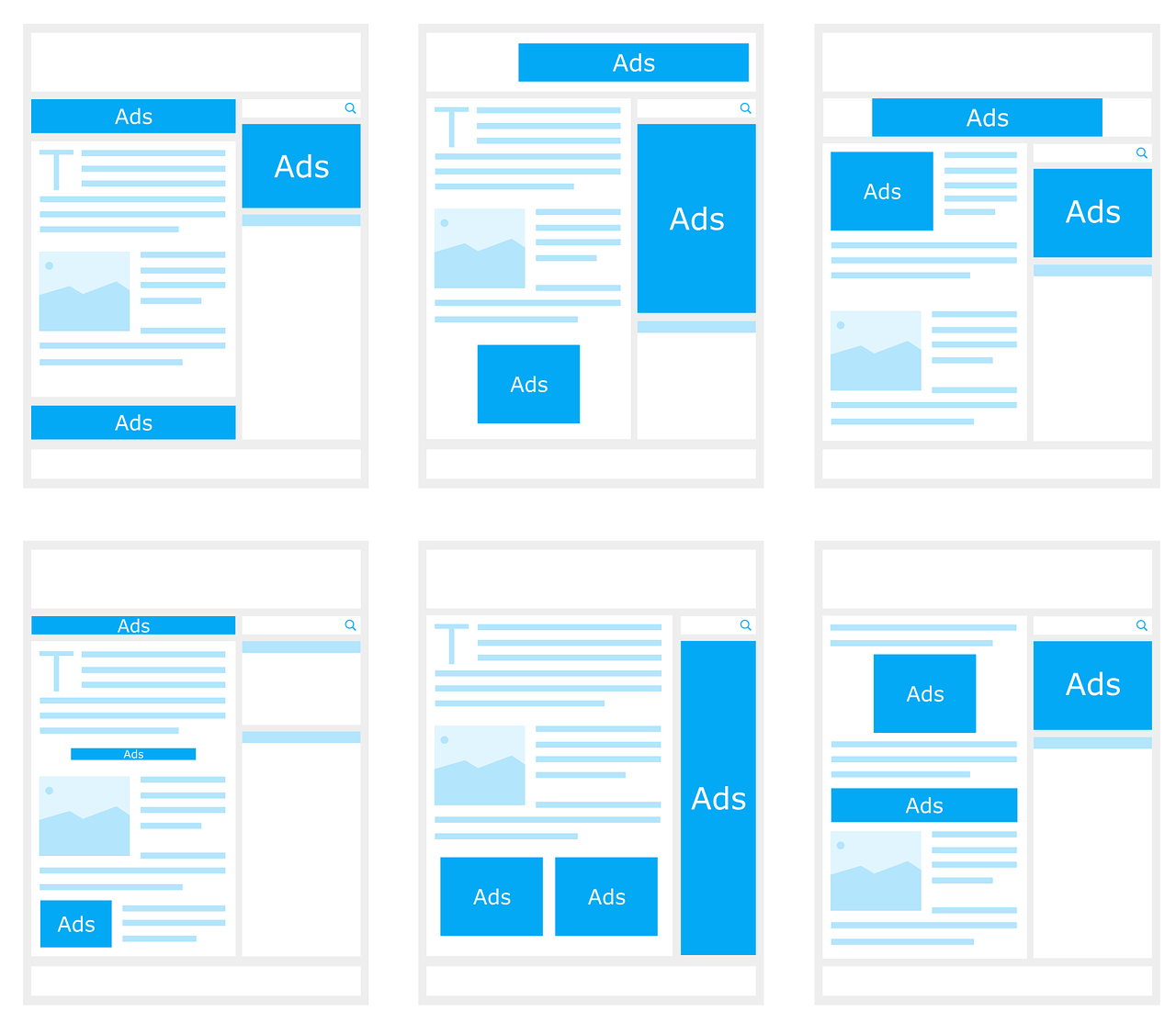How advertisers benefit from the credibility of print
The Havas study "Trust in News" shows how eminently important proprietary channels are for users' trust in news journalism. And that - thanks to the halo effect - a considerable part of this trust is transferred to the commercial messages of advertisers.

Four years ago, Francesco Marconi, then head of strategy at the Associated Press news agency, published his article "The rise of homeless media. It could be, he argued, that media would soon no longer need their own websites and apps because they would distribute their content via platforms such as Facebook Instant Articles and Snapchat Discovery. Havas also speculated about the "death of the homepage."
A lot of time has passed since then, and assessments have changed, as shown by the latest Havas study, for which more than 5,500 people who regularly use news media were surveyed online.
Same editorial content is perceived differently depending on the environment
When editorial content was shown on a media brand's own channel, 80 percent of the test subjects rated it as trustworthy. When the same content was presented on a social media platform, only 57 percent trusted it. "Trust needs a home - that's why own channels with a traceable and transparent history are important for building trust," says Morten Malmbak, Director Strategy, New Business & Marketing at Havas Media Germany, about this result.
Intuition plays a big role in the evaluation
It is remarkable that the users made their judgment about the social media variant intuitively. This was shown by a so-called implicit association test (IAT). The IAT is an established procedure in social psychology that can be used to measure an association.
Respondents in the study were shown editorial content on the screen and had to decide in each case whether they found what they saw trustworthy. Without the test subjects knowing it, their reaction time was measured in fractions of a second. The result: the judgment about the social media variant was made significantly faster, i.e. intuitively, "automatically" as it were.
In this case, the IAT points out that the concept of "skepticism" is unconsciously linked more strongly with the concept of "social media" than with the concept of "editorial media." This part of the study was conducted for the global news brands New York Times, Wall Street Journal, Guardian, Economist, Reuters, CNN, BBC and the two social media platforms Facebook and Linkedin.
Halo effect transfers large parts of media trust into advertising trust
To determine the halo effect, the study also included all national news media with their channels: In the first step, trust in editorial content was surveyed for each medium and channel. The average trust score for print media was 69 percent.
In a second step, the test subjects were shown advertising on screen for each medium and channel. An average of 58 percent then said they trusted the ads in the print media. This resulted in a powerful halo effect: 83 percent of media trust was transferred to advertising trust. The transfer rate was lower in the other channels: 76 percent in TV channels and 73 percent in digital offerings.
Morten Malmbak describes how such results are incorporated into the daily work of global media agencies as follows: "From our point of view, a cultural fit supports the advertising effect, so attention should always be paid to a fit between the message, the target group, the goal of the campaign and the media used.

Further studies prove uplift in advertising impact
These results are compatible with findings from other studies: the U.S. company Integral Ad Science recently presented a study entitled "The Halo Effect. The researchers concluded that ads on websites with high-quality editorial environments were perceived 74 percent more positively by users than ads in other environments.
Journalistic quality environments significantly improve advertising impact. This is also the central finding of a study by the Quality Alliance, the initiative from Frankfurter Allgemeine Zeitung, Handelsblatt, Süddeutsche Zeitung and The time, which is devoted to the question of whether the environment of a quality media brand influences the perception of advertising in that environment.
* Uwe Sander is a trained economist and, after several years in empirical economic research, worked from 1984 to 2014 in various functions at the publishing house Gruner+Jahr, including for the titles Capital, Stern, Geo and Art. Today, he is a freelance author and consultant. He is particularly interested in the development of digital journalism.
The sample of the surveys conducted by Kadence International Havas study "Trust in News consisted of 5,509 people who regularly use news media. They represented a cross-section of the online population in North America, five Western European countries and four countries in the Asia-Pacific region in terms of age, gender and attitudinal characteristics. Seven global and 72 national news brands were included - each with the different channels in which they publish.








